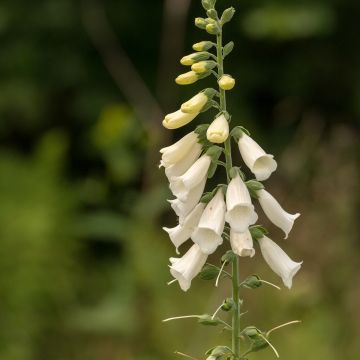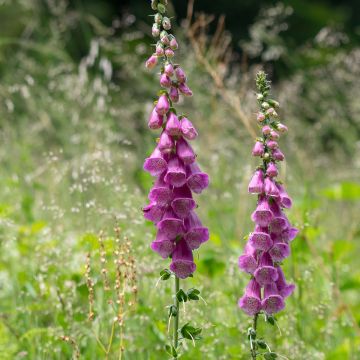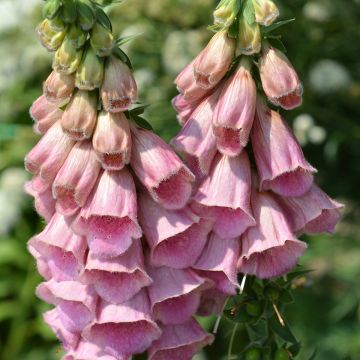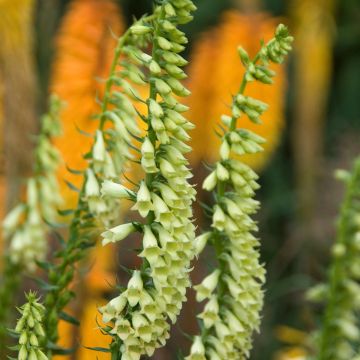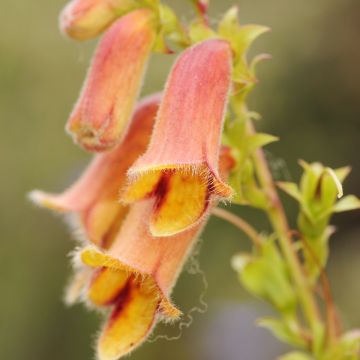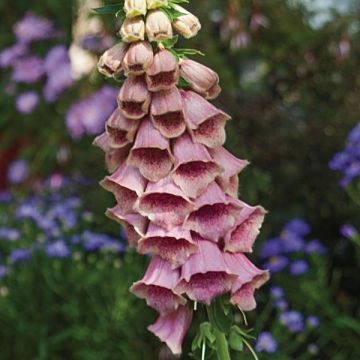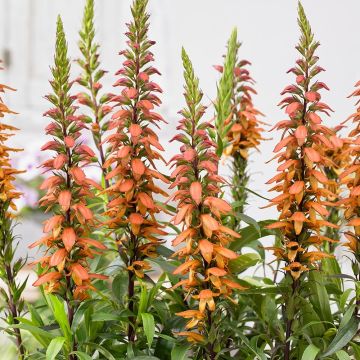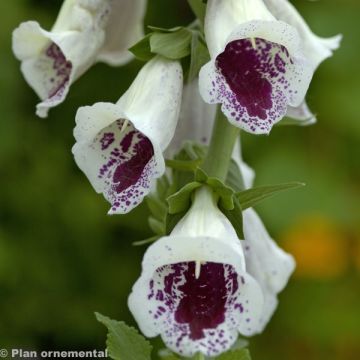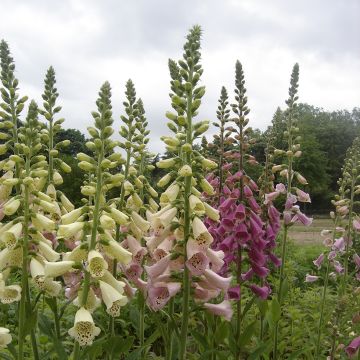

Digitale, Digitalis ciliata
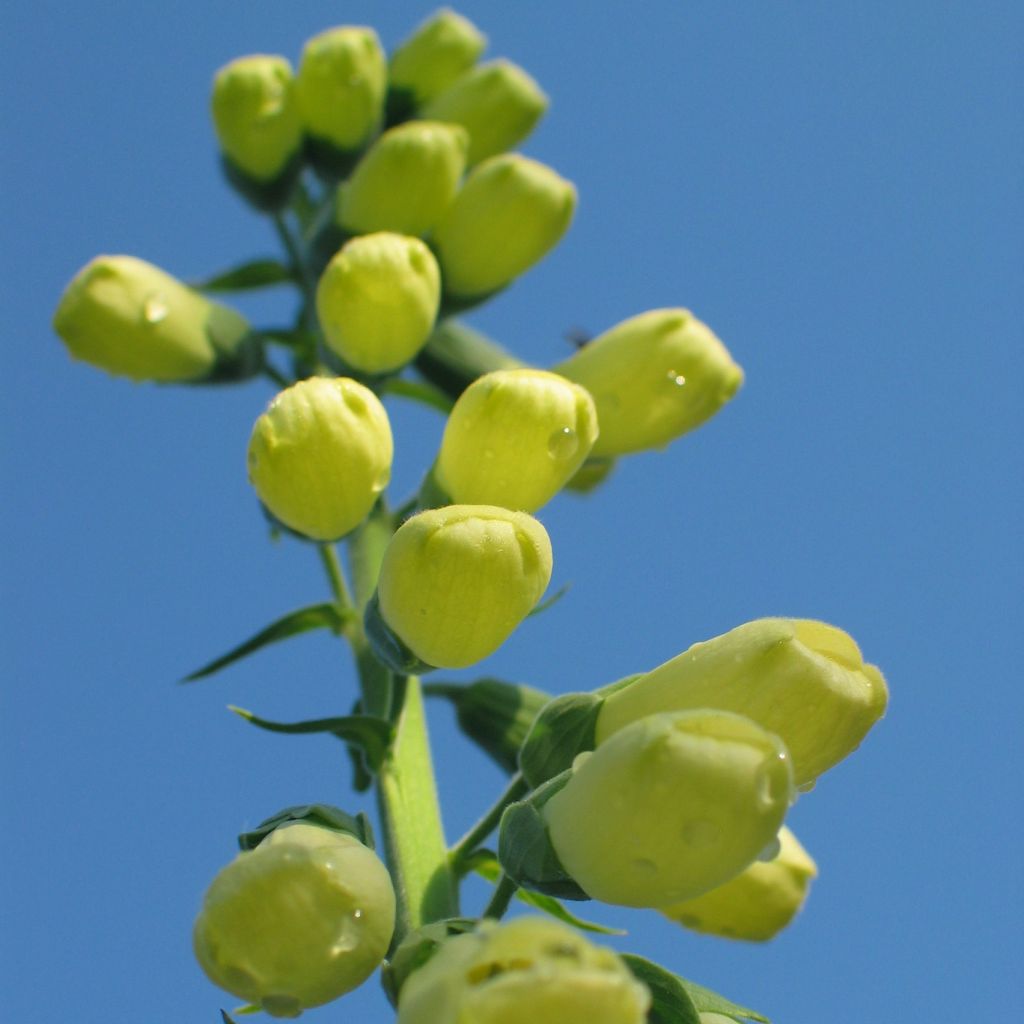

Digitale, Digitalis ciliata
Digitalis ciliata - Foxglove
Digitalis ciliata
Hairy Foxglove
Special offer!
Receive a €20 voucher for any order over €90 (excluding delivery costs, credit notes, and plastic-free options)!
1- Add your favorite plants to your cart.
2- Once you have reached €90, confirm your order (you can even choose the delivery date!).
3- As soon as your order is shipped, you will receive an email containing your voucher code, valid for 3 months (90 days).
Your voucher is unique and can only be used once, for any order with a minimum value of €20, excluding delivery costs.
Can be combined with other current offers, non-divisible and non-refundable.
Why not try an alternative variety in stock?
View all →This plant carries a 12 months recovery warranty
More information
We guarantee the quality of our plants for a full growing cycle, and will replace at our expense any plant that fails to recover under normal climatic and planting conditions.
Would this plant suit my garden?
Set up your Plantfit profile →
Description
The hairy foxglove or Digitalis ciliata is a wild plant, rare and beautiful, native to the Caucasus, which owes its name to the numerous fine hairs that cover its stems, leaves, and even its flowers. This rather stout species produces summer stems adorned with rather large tubular flowers, in a buttery yellow colour, which reveal a throat speckled with dark yellow. This short-lived perennial is best used in borders to be admired up close. Still rare in cultivation, the hairy foxglove is not difficult to grow in a garden, as it adapts to a wide variety of soils and climates.
Digitalis ciliata is a herbaceous perennial plant of the Plantaginaceae family. It is native to the Caucasus, where it grows in habitats as diverse as meadows, pastures, forest edges, and rocky slopes in mountainous regions. It adapts very well to other growing conditions, provided it is given shade and a well-drained, damp, light soil. This bushy and erect foxglove will reach about 60 cm (24in) in height when in flower and will spread over 40 to 50 cm (16 to 20in). Starting from the stump, several hairy stems bear narrow leaves, 10 to 12 cm (4 to 5in) long. These are decorative smooth, shiny, and a somewhat olive green shade, arranged in a helix on the lower 2/3 of the peduncle. This elongates in late spring, bearing numerous slightly flared tubular flowers, 3 to 4 cm (1 to 2in) long. Each flower, covered with hairs and of a light yellow colour, shows a throat speckled with beige-yellow. This flowering, which takes place from May-June to July, is nectar-rich and attractive to bees. This foxglove readily self-seeds where it is happy.
Some foxgloves are perfectly perennial, others are rather biennial with such a propensity to self-seed that they can be considered perennial. All are highly toxic if ingested, but not through contact. The ciliate foxglove is a very beautiful plant, unique with its bushy and low habit. It deserves a place in borders, alongside perennial geraniums (Geranium phaeum, clarkei, renardii, sylvaticum), or hellebores. It looks stunning on a carpet of black-leaved Ophiopogon planiscapus 'Nigrescens'. It prefers partial shade or sun but not scorching sun. Plant in light, damp to dry, well-draining soil.
It is also a plant extensively studied in pharmacology, as it contains interesting molecules in its tissues, used particularly in the treatment of cardiac and cancer pathologies.
Report an error about the product description
Digitalis ciliata - Foxglove in pictures
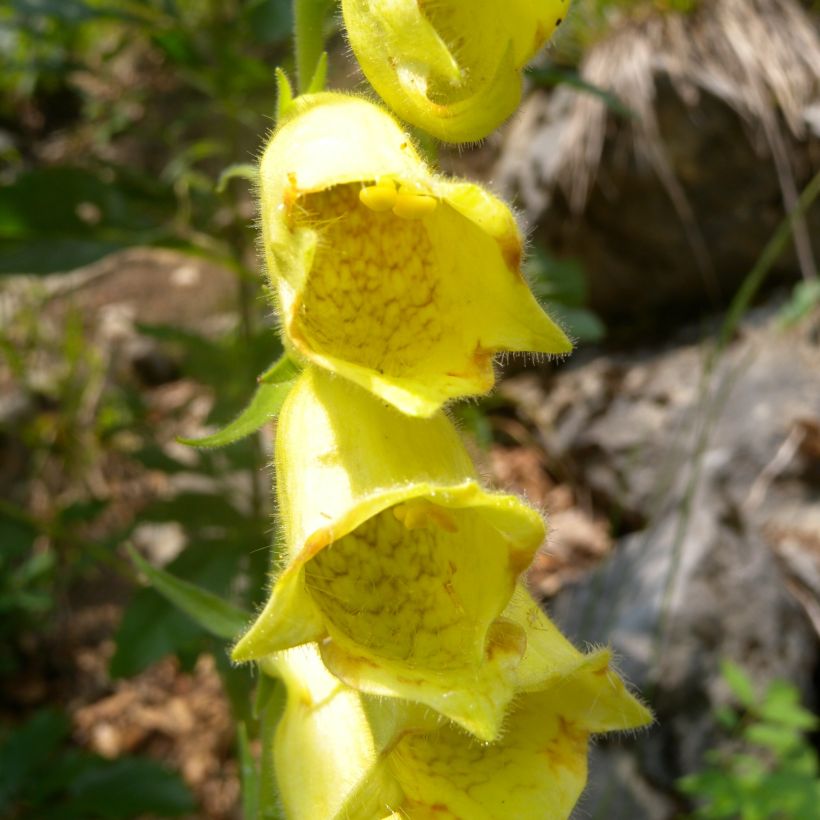



Flowering
Foliage
Plant habit
Safety measures
Botanical data
Digitalis
ciliata
Plantaginaceae
Hairy Foxglove
Caucasus
ingestion
Cette plante est toxique si elle est ingérée volontairement ou involontairement.
Ne la plantez pas là où de jeunes enfants peuvent évoluer, et lavez-vous les mains après l'avoir manipulée.
Pensez à conserver l'étiquette de la plante, à la photographier ou à noter son nom, afin de faciliter le travail des professionnels de santé.
Davantage d'informations sur https://plantes-risque.info
Other Digitalis - Foxglove
View all →Planting and care
In nature, Digitalis ciliata grows spontaneously in semi-shade, even in light shade, on the edges of coniferous forests, in a soil rich in humus, which is both moist and well-drained, preferably without limestone. If the conditions are suitable, it is not uncommon to obtain spontaneous sowings here and there. Its hardiness is excellent. Its alpine temperament allows it to be adopted without any problems in all our high-altitude regions.
Planting period
Intended location
Care
This item has not been reviewed yet - be the first to leave a review about it.
Haven't found what you were looking for?
Hardiness is the lowest winter temperature a plant can endure without suffering serious damage or even dying. However, hardiness is affected by location (a sheltered area, such as a patio), protection (winter cover) and soil type (hardiness is improved by well-drained soil).

Photo Sharing Terms & Conditions
In order to encourage gardeners to interact and share their experiences, Promesse de fleurs offers various media enabling content to be uploaded onto its Site - in particular via the ‘Photo sharing’ module.
The User agrees to refrain from:
- Posting any content that is illegal, prejudicial, insulting, racist, inciteful to hatred, revisionist, contrary to public decency, that infringes on privacy or on the privacy rights of third parties, in particular the publicity rights of persons and goods, intellectual property rights, or the right to privacy.
- Submitting content on behalf of a third party;
- Impersonate the identity of a third party and/or publish any personal information about a third party;
In general, the User undertakes to refrain from any unethical behaviour.
All Content (in particular text, comments, files, images, photos, videos, creative works, etc.), which may be subject to property or intellectual property rights, image or other private rights, shall remain the property of the User, subject to the limited rights granted by the terms of the licence granted by Promesse de fleurs as stated below. Users are at liberty to publish or not to publish such Content on the Site, notably via the ‘Photo Sharing’ facility, and accept that this Content shall be made public and freely accessible, notably on the Internet.
Users further acknowledge, undertake to have ,and guarantee that they hold all necessary rights and permissions to publish such material on the Site, in particular with regard to the legislation in force pertaining to any privacy, property, intellectual property, image, or contractual rights, or rights of any other nature. By publishing such Content on the Site, Users acknowledge accepting full liability as publishers of the Content within the meaning of the law, and grant Promesse de fleurs, free of charge, an inclusive, worldwide licence for the said Content for the entire duration of its publication, including all reproduction, representation, up/downloading, displaying, performing, transmission, and storage rights.
Users also grant permission for their name to be linked to the Content and accept that this link may not always be made available.
By engaging in posting material, Users consent to their Content becoming automatically accessible on the Internet, in particular on other sites and/or blogs and/or web pages of the Promesse de fleurs site, including in particular social pages and the Promesse de fleurs catalogue.
Users may secure the removal of entrusted content free of charge by issuing a simple request via our contact form.
The flowering period indicated on our website applies to countries and regions located in USDA zone 8 (France, the United Kingdom, Ireland, the Netherlands, etc.)
It will vary according to where you live:
- In zones 9 to 10 (Italy, Spain, Greece, etc.), flowering will occur about 2 to 4 weeks earlier.
- In zones 6 to 7 (Germany, Poland, Slovenia, and lower mountainous regions), flowering will be delayed by 2 to 3 weeks.
- In zone 5 (Central Europe, Scandinavia), blooming will be delayed by 3 to 5 weeks.
In temperate climates, pruning of spring-flowering shrubs (forsythia, spireas, etc.) should be done just after flowering.
Pruning of summer-flowering shrubs (Indian Lilac, Perovskia, etc.) can be done in winter or spring.
In cold regions as well as with frost-sensitive plants, avoid pruning too early when severe frosts may still occur.
The planting period indicated on our website applies to countries and regions located in USDA zone 8 (France, United Kingdom, Ireland, Netherlands).
It will vary according to where you live:
- In Mediterranean zones (Marseille, Madrid, Milan, etc.), autumn and winter are the best planting periods.
- In continental zones (Strasbourg, Munich, Vienna, etc.), delay planting by 2 to 3 weeks in spring and bring it forward by 2 to 4 weeks in autumn.
- In mountainous regions (the Alps, Pyrenees, Carpathians, etc.), it is best to plant in late spring (May-June) or late summer (August-September).
The harvesting period indicated on our website applies to countries and regions in USDA zone 8 (France, England, Ireland, the Netherlands).
In colder areas (Scandinavia, Poland, Austria...) fruit and vegetable harvests are likely to be delayed by 3-4 weeks.
In warmer areas (Italy, Spain, Greece, etc.), harvesting will probably take place earlier, depending on weather conditions.
The sowing periods indicated on our website apply to countries and regions within USDA Zone 8 (France, UK, Ireland, Netherlands).
In colder areas (Scandinavia, Poland, Austria...), delay any outdoor sowing by 3-4 weeks, or sow under glass.
In warmer climes (Italy, Spain, Greece, etc.), bring outdoor sowing forward by a few weeks.






























